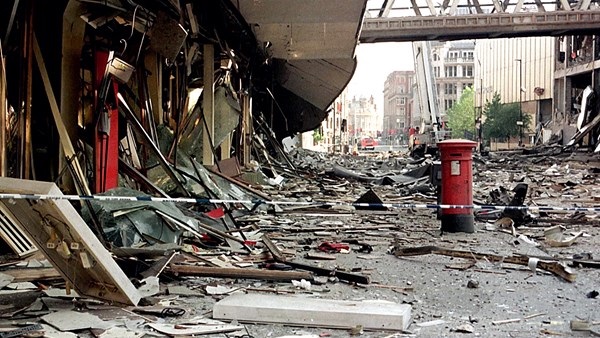IRA ‘planned to knock out electricity in south-east England’

The IRA planned to attack power stations in
south-east England in the final years of its terror bombing campaign, a former
member has claimed.
The plan is alleged to have been made in the
mid-1990s, shortly before the Belfast Agreement peace accord.
John Crawley, a US Marine-trained demolition expert
turned IRA gun runner, makes the fresh claim in a BBC series marking the 50th
anniversary of the outbreak of Northern Ireland’s Troubles. The final episode
of Spotlight on the Troubles: A Secret History explores the last IRA campaign
in England and the secret talks that brought about peace.
The IRA broke its 1994 ceasefire in February 1996
when it detonated a bomb in London’s Docklands killing two people, injuring
more than 100 and causing £150m of damage. The same year it detonated a bomb in
Manchester city centre, injuring more than 200.
The attacks came as Sinn Féin argued with the
British government over calls for the IRA to disarm before the Irish republican
party could engage in formal peace talks.
Crawley claims the attacks did not take place
because he and other key IRA bombers were either caught or killed after
surveillance operations by police and MI5. Crawley, caught smuggling guns from
the US for the IRA, tells the programme the UK mainland bombing campaign left
the IRA “overstretched”. He claims there was a shortage of volunteers to go to
England to bomb targets.
John Grieve, Scotland Yard’s intelligence director,
described Crawley and the other IRA bombers as “the A team”. “They were
excellent and one of them, John Crawley, ex-US Marine Corps demolition
specialist, just epitomised the cunning, skills, experience, of the sort of
people they were putting against us,” he says.







